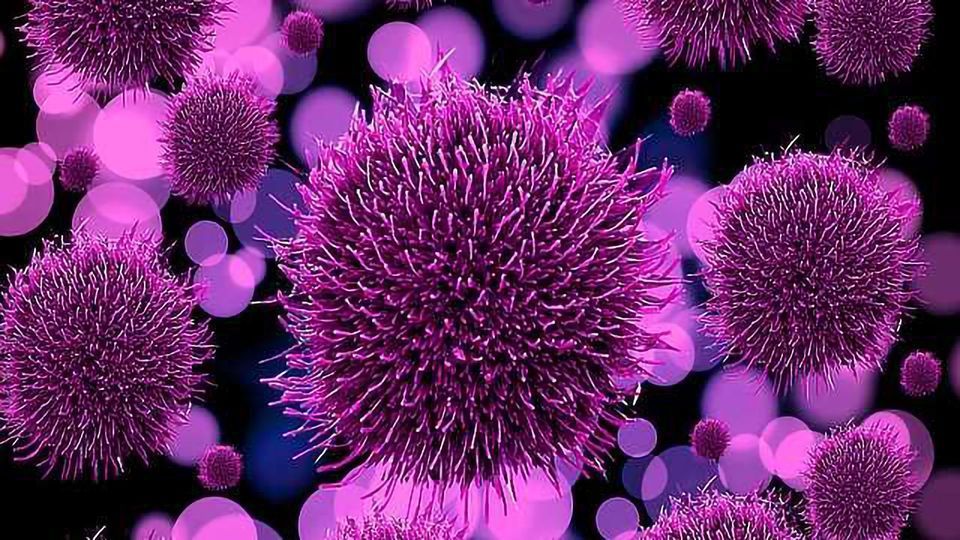Identifying a Microbial Needle in a Sample Haystack

Complete the form below to unlock access to ALL audio articles.
Swift and accurate detection of pathogens is desirable and, in some cases, essential to keep us from harm. In cases such as the food industry and water quality monitoring, preventing microbial contamination from reaching the consumer is key. Rapid detection of illnesses both in veterinary and human health can also be critical to enable correct preventative measures to be taken, be it quarantining or the implementation of treatment strategies.
Therefore, a technology that can test for multiple pathogens, quickly and cheaply without the need to send samples away to specialist testing labs is very desirable.
We spoke to Dr Jack Regan (JR), CEO of LexaGene, a biotechnology company developing a fully automated pathogen detection platform, and inventor of their patented microfluidic system, about the foundations and evolution of the system, and the future outlook for the tool.
Karen Steward (KS): Can you tell us about the conception of LexaGene and origins of the technology on which it is based? What purpose was it originally designed for, and how has it been applied to new areas?
Jack Regan (JR): LexaGene is a biotech company developing the world’s first fully automated, open-access pathogen detection platform for use at the site of sample collection. LexaGene’s technology is based on technology developed at the Lawrence Livermore National Laboratory for use in bio-threat detection. The technology offers unprecedented ease-of-use, sensitivity and breadth of pathogens that can be detected. I created the company’s patented microfluidic technology with the goal of transforming the way organizations all over the world prevent and diagnose disease.
For example, in multi-billion-dollar markets like food safety, veterinary diagnostics, water quality monitoring, aquaculture pathogen surveillance and even human pandemic prevention, the ability to have an innovative, effective pathogen detection technology like ours would lessen the likelihood of foodborne illnesses and widespread deadly flu outbreaks.
KS: Do users need much training to operate the equipment? You mentioned it is designed for use at the site of sample collection; is the testing unit portable?
JR: LexaGene’s platform requires minimal training to learn how to operate – so anyone from a farmhand to a PhD can be quickly trained to use the instrument to process a sample and get a quick, accurate result. The person conducting the test simply needs to load a collected sample with a preparation cartridge onto the instrument and press “go.” The rest is fully automated. Our genetic analyzer has a very small footprint so that it can be used in space-conscious clinics, food plants and processing facilities.
KS: How many different types of pathogens can currently be identified, and can you test for multiple pathogens at the same time? What are the limitations?
JR: Our technology is modular in nature, which gives us the flexibility to build instruments that can process more or less samples at the same time (throughput) and, likewise, screen for anywhere from a few to many pathogens at once. The first instrument we commercialize will screen two samples at a time, looking for up to 56 different genetic targets. The instrument processes these samples in an on-demand fashion and will return results in about one hour.
KS: Are there any sample types that are particularly challenging?
JR: Our technology is based on microfluidics. As such, the samples loaded onto the instrument must be liquid in nature. This includes swabs from wound samples or environmental sampling done in food processing plants that are swirled in media, urine, cerebral spinal fluid, produce wash, beverages and drinking and beach water, for example. Some liquid matrices like blood and milk are more challenging, and we have plans to develop a new cartridge to handle these.
KS: Obviously, the pathogens found in food, water and veterinary diagnostics are numerous and diverse. How does the system cope with such diversity of sample preparation requirements and detection methodologies? Are all samples and pathogens prepared for and detected using the same methodology?
JR: The technology can screen for up to 56 pathogens at once, which covers most veterinary needs. However, for end users that have unique needs, the technology is also “open-access,” which means end users rapidly configure the assay panel to detect pathogens that are of interest to them. This allows each end user to customize tests based on specific industries; however, we anticipate providing assay panels that have been pre-validated for the most common genetic targets, so most end users don’t need to deal with loading their own tests into the system.
KS: You mention detecting emerging strains for pandemic prevention; is the technology, therefore, able to determine not only the pathogen itself but also the subtype – e.g., not just influenza, but influenza H1N1?
JR: The technology is perfectly suited for detecting respiratory pathogens. Between the common cold and influenza-like illnesses, these can be caused by over 20 different classes of viruses. Our technology can detect these strains and, for influenza, can detect down to the subtype level. Influenza is a particularly nasty pathogen that, on average, kills 32,000 Americans a year. The virus also often changes from year to year as it mutates to evade our immune system that has been primed with yearly vaccines.
Occasionally, a new influenza virus will emerge that our immune system has never seen. In such cases, a pandemic can emerge. An advantage of LexaGene’s technology is that if a new strain was to emerge, this strain would not be detected by other “closed-access” diagnostic tests. In contrast, because LexaGene’s technology is open-access, the instrument can be quickly configured to detect new strains. This helps front-line health care providers to better manage the care of their patients, as individuals with traditional seasonal flu or other cold-causing viruses can be distinguished from individuals with a pandemic strain.
Dr Jack Regan was speaking to Dr Karen Steward, Science Writer for Technology Networks.


